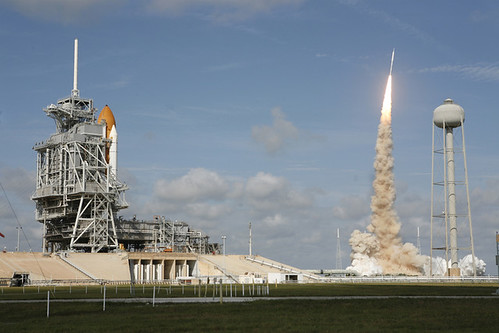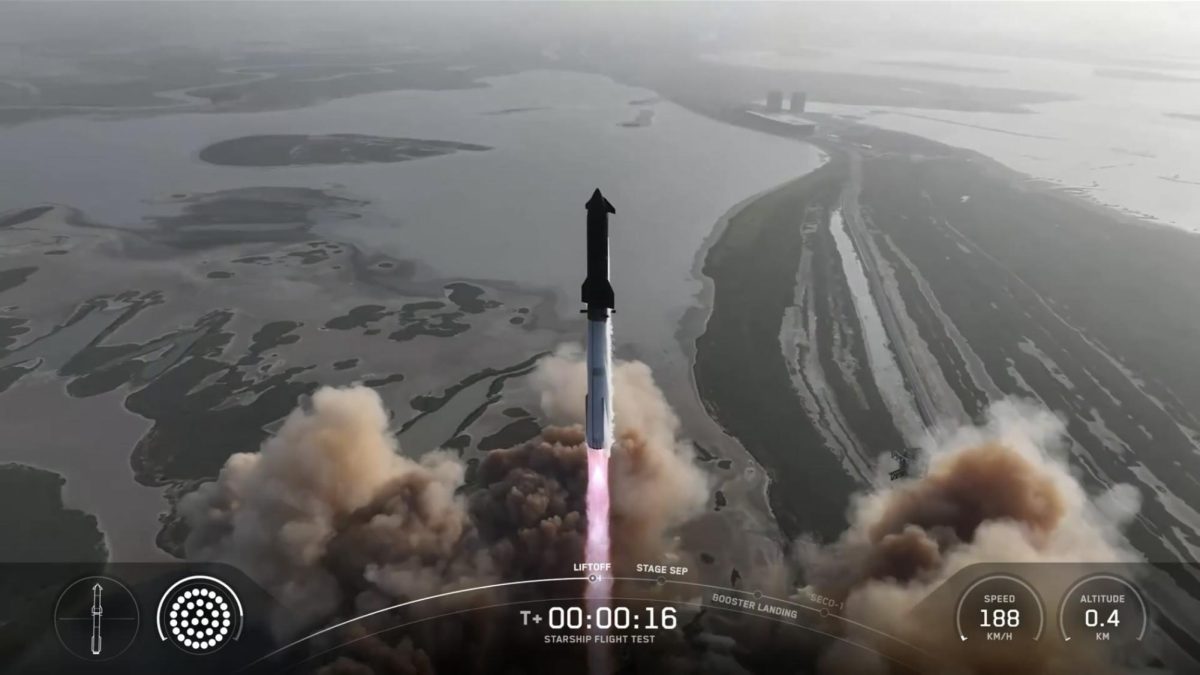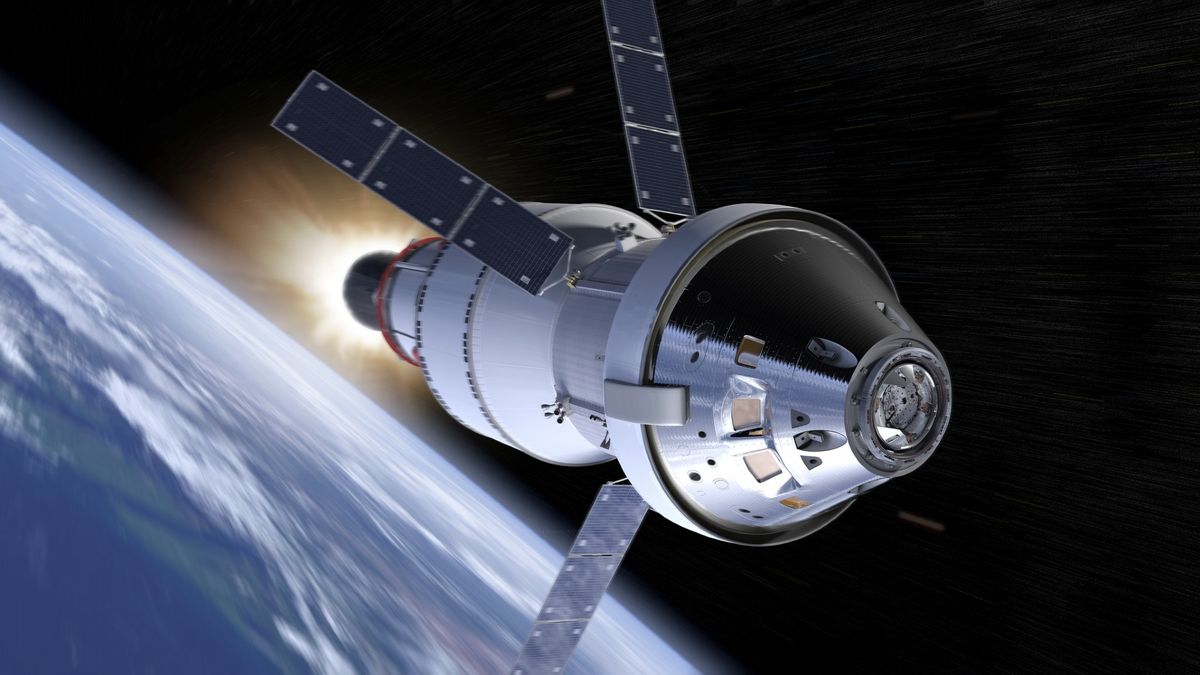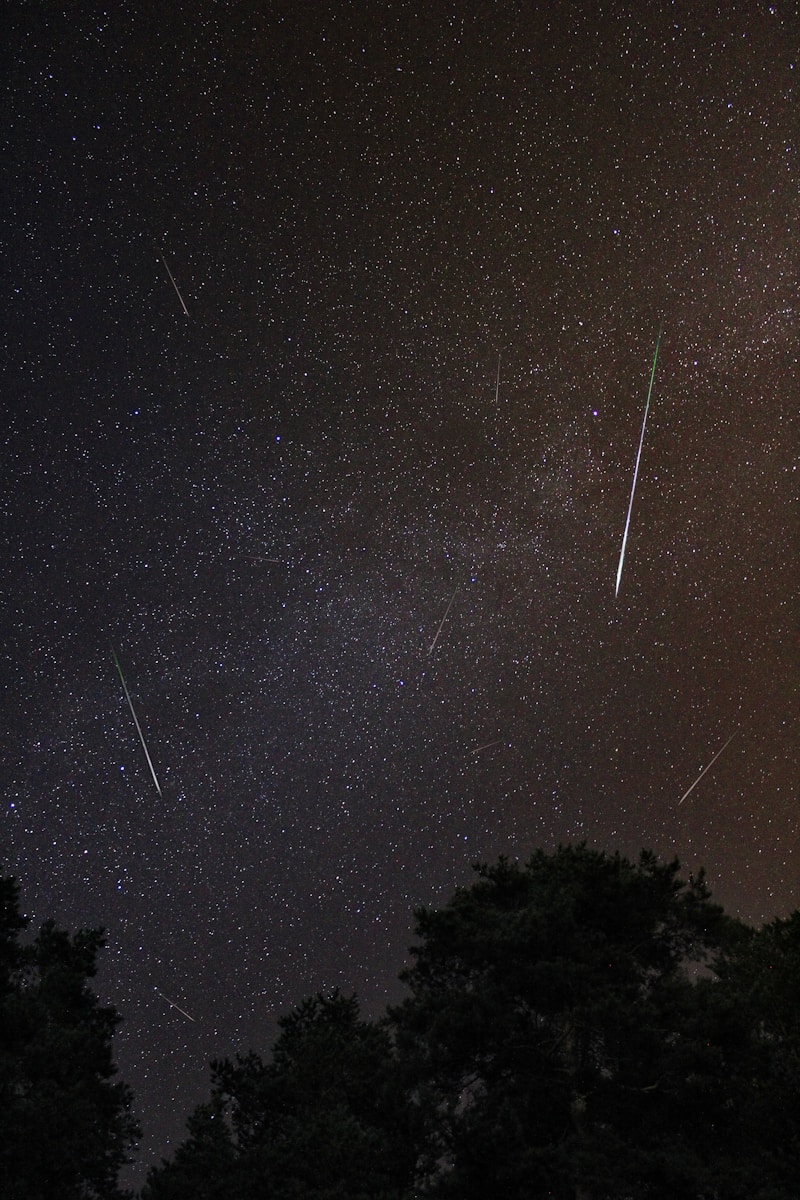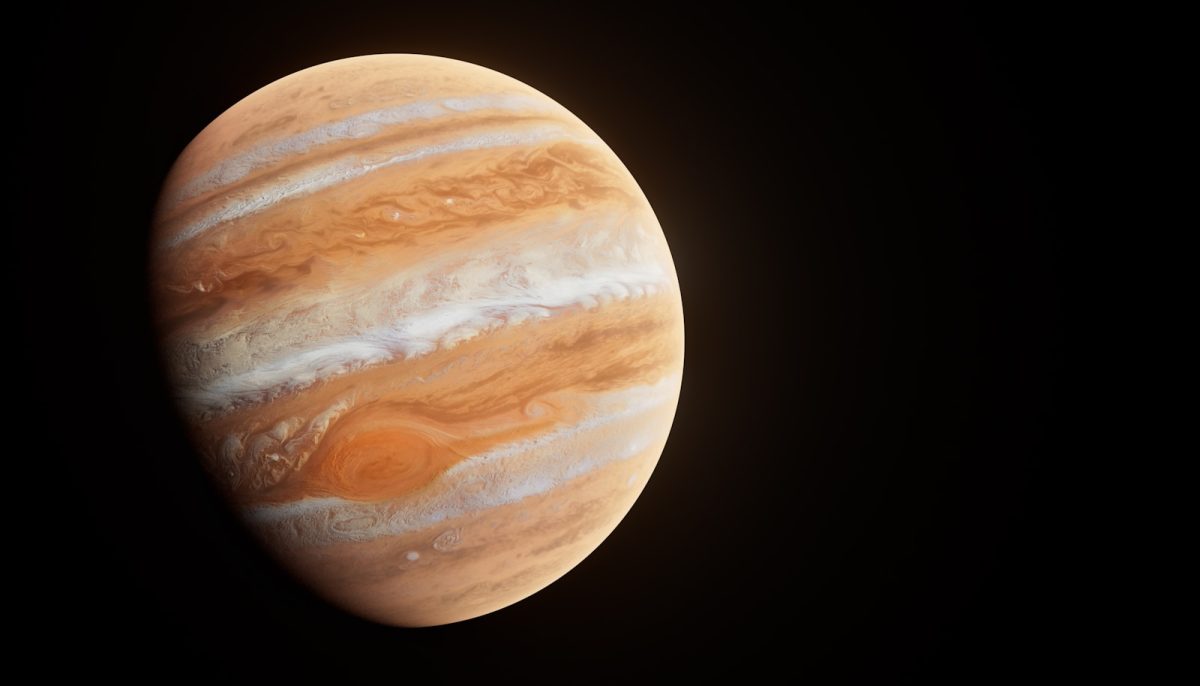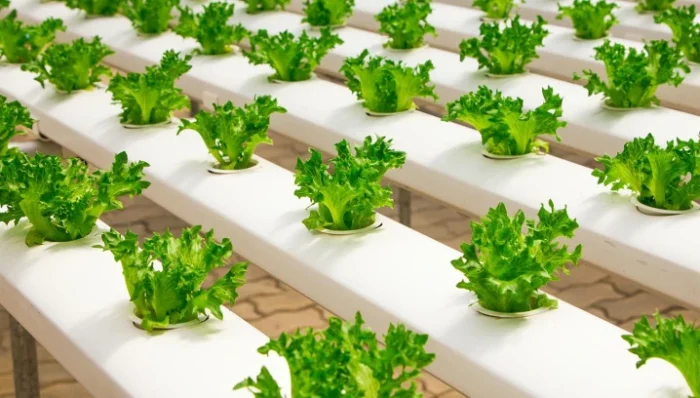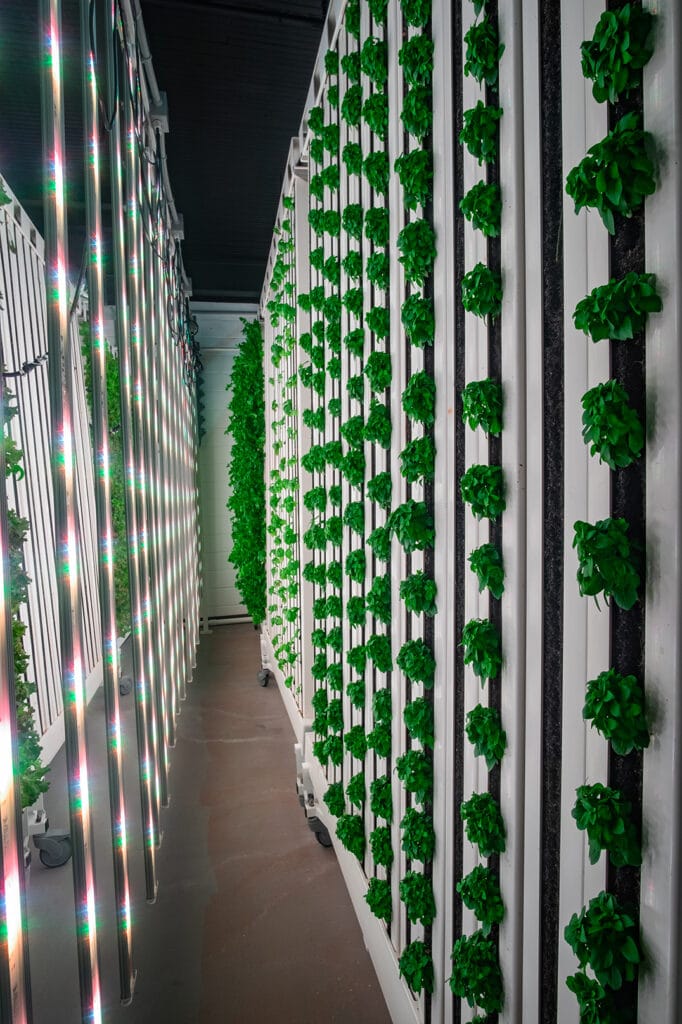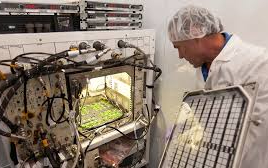
Visualise space-faring astronauts luxuriating in the luxury of consuming fresh vegetables grown onboard their spacecraft. It’s the science fiction fantasy of tomorrow and is now quickly becoming the reality of a new research discipline known as “spaceflight cultivation.” Plants do grow in space. But in a very different manner from plants on Earth. Microgravity, the almost weightlessness felt by astronauts, affects plant growth. Researchers are working on how to grow plants in space and how we can continue with them to ensure that they will live. In this section, we will see how spaceflight cultivation is making way for future long-duration space missions.
The Challenges of Growing Plants in Space
Plants on Earth use gravity to grow. Because of gravity, plant roots grow downwards, and leaves and stems grow upwards. Space, however, is a different affair. In space, plants lack gravity, so they must adapt to other ways to grow. Plants in space without gravity to help pull water downward to the roots cannot get what they need to succeed.
Secondly, the astronauts must provide the right environment for the plants to grow. This includes providing them with the right light, water, air, and nutrients. The plants must also breathe, as humans do, and should emit oxygen and absorb carbon dioxide. This means that scientists will have to devise unique systems to facilitate the growth of plants in space under such conditions.
Spaceflight Cultivation Experiments
One of the first spaceflight plant-growing experiments was conducted on a space shuttle in 1982. Scientists sent a tiny mustard seed into space to see what would happen under microgravity conditions. The result was not expected. The plant spun in a spiral motion instead of growing upward. Additional tests were conducted over the years, and scientists learned more about the development of plants in space.
The International Space Station (ISS) has also hosted several plant growth experiments in recent years. NASA’s Veggie Experiment, for instance, has allowed astronauts to cultivate lettuce, radishes, and zinnias on the ISS. Plants are grown in specialized growth chambers with light, water, and nutrients. The astronauts care for the plants, monitor them for growth, and even harvest and eat them!
Why Spaceflight Cultivation Matters
Space gardening is not an exciting test, but it is important to the future of space travel. When people go to the Moon, Mars, or anywhere else, they will have to have some method of creating food for extended stays. Carrying enough to eat for months or years would be too heavy and expensive. Growing plants in space will enable astronauts to grow their food, which could recycle oxygen and minimize waste.
In learning how to grow plants in space, scientists are also saving the world. Whatever is discovered about growing plants in space will also be able to be applied to create better farming methods that will feed individuals in the most challenging places on the planet, like deserts or climate change countries.
The Future of Spaceflight Cultivation
Future spaceflight agriculture is very promising. It won’t just provide food for the astronauts; plants grown in space are even being considered as a way to help develop a sustainable future on an alien planet. For example, on Mars, whose atmosphere is thin and poisonous, plants cultivated in space can be utilized to provide oxygen and clean the air for future human settlements.
Science is also in development to design plants that will be more hardy in space. These plants may be genetically engineered to thrive in microgravity or to grow quicker or in different conditions. The further along technology gets, the more crops are being grown in space to feed astronauts the nutrients they need to stay healthy on extended missions.
Spaceflight agriculture is a cutting-edge technology that will chart the course for space travel’s future. By learning how to grow crops in space, scientists are paving the way for longer mission durations, closed-loop food systems, and even creating new worlds on other planets. With more study and development, spacecraft-grown crops could allow astronauts to colonize Mars and other distant planets, making the visions of life off the earth a reality for the world.
RELATED STORIES:
TAKE ACTION:
